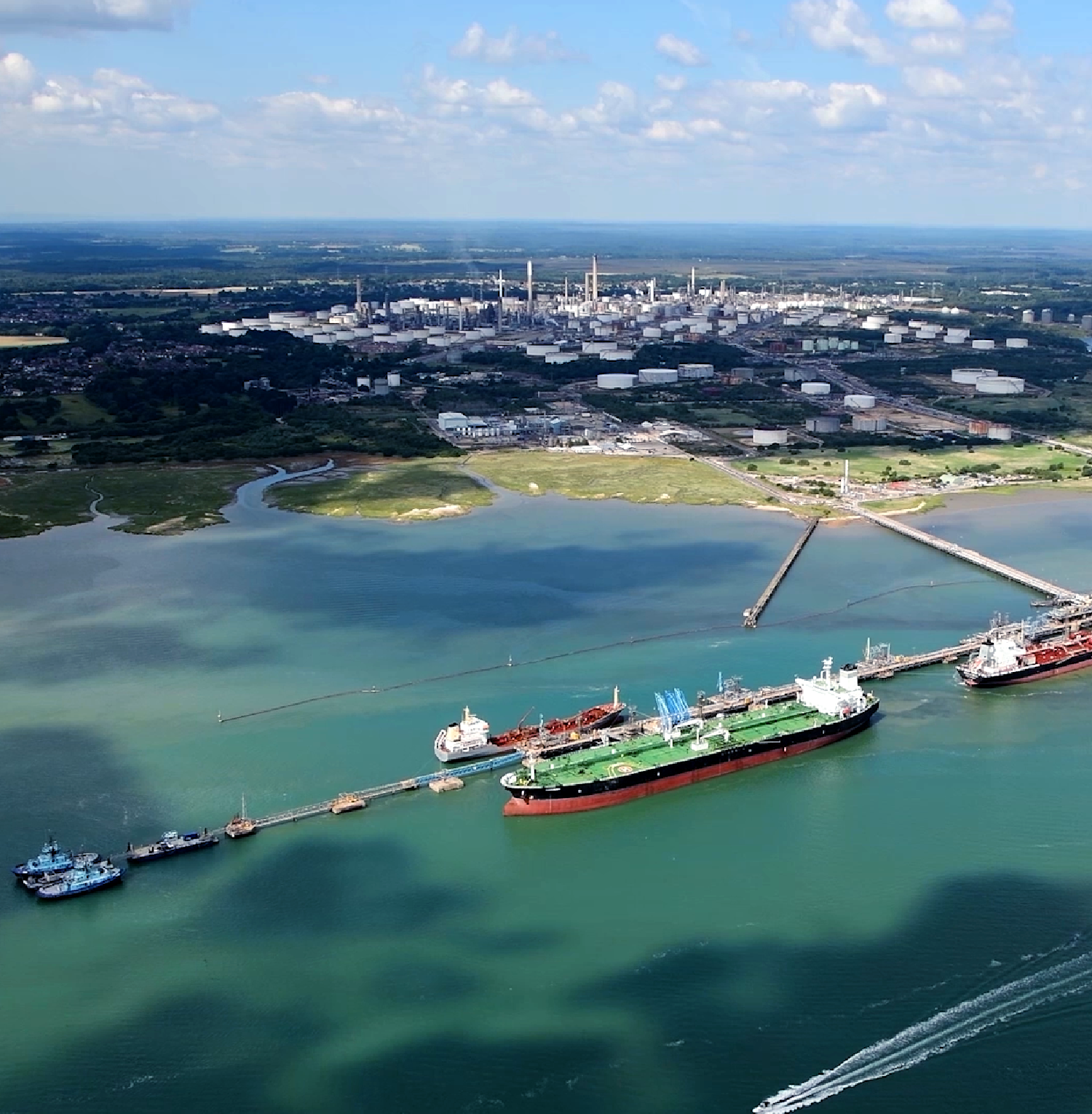Hydrogen is a lower-emission energy technology that has huge potential when it comes to hard-to-decarbonize sectors, like steel, cement, fuels and petrochemicals.
It can be produced from various energy sources, including natural gas with carbon capture and storage (often known as “blue” hydrogen) and renewables (often known as “green” hydrogen). Importantly, hydrogen can be manufactured with a lower carbon footprint than conventional fuels and does not emit any greenhouse gases at its point-of-use.
Not surprisingly, hydrogen is expected to play an important role in the energy transition. In fact, the International Energy Agency sees hydrogen and hydrogen-based fuels meeting 10% of global energy needs as part of its “Net Zero by 2050” scenario.
Find out more about hydrogen from Erik Oswald of ExxonMobil Low Carbon Solutions.
Investing in hydrogen
ExxonMobil is investing around $17 billion in initiatives to lower greenhouse gas emissions between 2022 and 2027, including scaling up hydrogen solutions.
In the US, we plan to build a blue-hydrogen production plant on our site in Baytown, Texas – expected to be able to produce up to 860 thousand tonnes of hydrogen annually. It will also have the potential to capture and store around 10 million tonnes of CO2 every year.
In Europe, ExxonMobil has signed a memorandum of understanding (MoU) with gas distribution company SGN and Green Investment Group. The agreement is to look at ways to lower emissions across the Southampton industrial cluster in the UK, including from ExxonMobil’s Fawley complex. Initial projections suggest a blue hydrogen facility in the area could potentially capture 2 million metric tons of CO2 a year and produce around 4.3 TWh of hydrogen annually.
“Hydrogen has the potential to address most of the hard to abate emission reduction areas that we need to take on,” says Erik.



